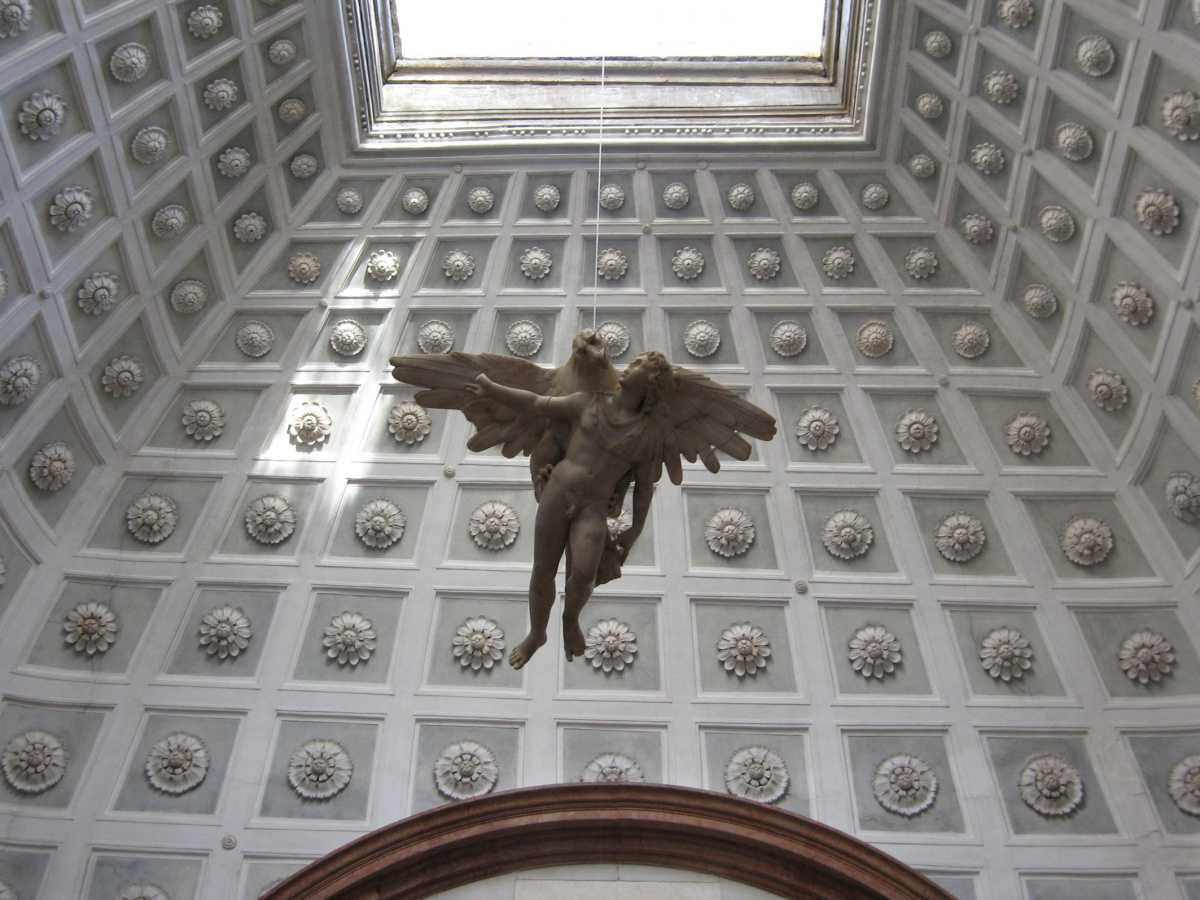O palácio abrigava as coleções de arte e arqueologia do cardeal Domenico Grimani e Giovanni, patriarca de Aquileia, que também eram doadores de partes substanciais de suas coleções para a República, que foram a base do nascimento da estátua pública da República de Sereníssima. . O aspecto histórico-artístico do monumento reflete apenas o gosto e a política cultural da família Grimani, que jogou sua fortuna – social, econômica, política – entre os dois centros fundamentais de Veneza e Roma. Isso torna Palazzo Grimani único no contexto veneziano, comparável em importância cultural, ao mesmo tempo que distingue entre comissões privadas e públicas, das obras de Jacopo Sansovino para a área da Piazza San Marco, cuja realização, além disso, era fundamental contribuição desta família.
The palace housed the art and archeology collections of Cardinal Domenico Grimani and Giovanni, Patriarch of Aquileia, who also donated substantial parts of their collections to the Republic, which were the basis for the birth of the public statue of the Republic of Serenissima. . The historic-artistic aspect of the monument reflects only the taste and cultural policy of the Grimani family, who have thrown their fortune – social, economic, political – between the two fundamental centers of Venice and Rome. This makes Palazzo Grimani unique in the Venetian context, comparable in cultural importance, while distinguishing between private and public commissions, of Jacopo Sansovino’s works for the area of Piazza San Marco, whose realization, moreover, was a fundamental contribution of this family.
Horários/Opening Hours
De quarta a domingo (wed – sun) das 10h às 19h (10 a.m – 7 p.m)
4858 Ruga Giuffa Venezia





